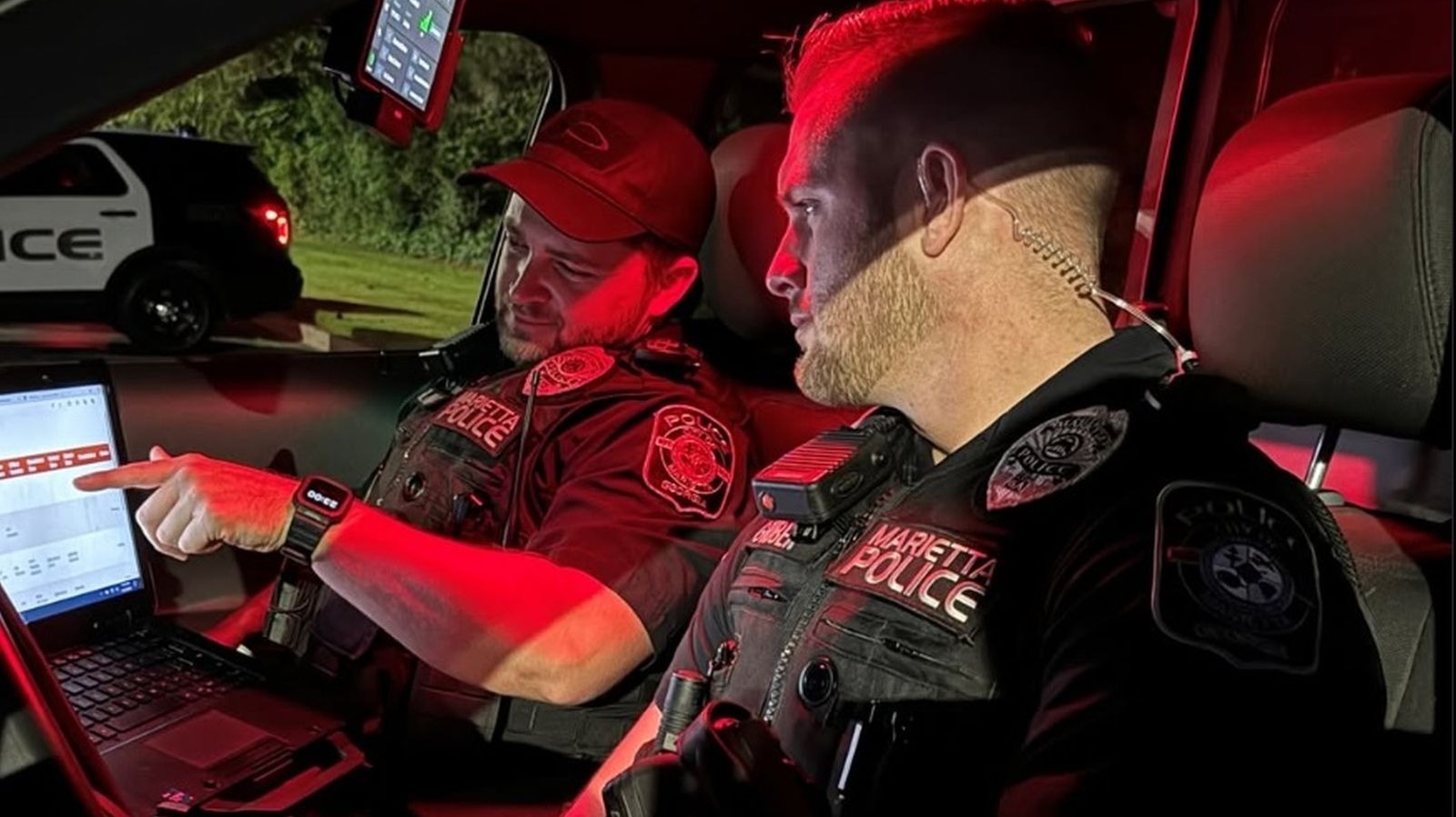&# 13;
&# 13;
&# 13;
&# 13;
&# 13;
If you have actually driven by a police car parked on the side of the road in the evening and observed a red light coming from inside, it’s not because the policeman is obtaining abducted by aliens or a few other curiosity. The genuine factor, while a lot more uncomplicated, is nevertheless fairly fascinating and assists reduce the risk to the policeman.
Advertisement
Humans are best fit for going about their service in the daytime due to the fact that we are diurnal (or energetic throughout the daytime) naturally. Because of this, our eyes have actually adapted to function much better in the daylight than in the evening. The eyes of both diurnal and nighttime creatures have pupils that dilate/constrict to manage light, lenses that focus images, and nerves that transfer that photo back to the mind. They additionally include light-sensing cells called cones and rods. Humans have more cones than rods since their key use is seeing shade, while nighttime animals have even more rods than cones because they’re far better at getting vague images in the dark blackness of evening.
All-natural evening vision (instead of artificial night vision created by binoculars) is developed not just by the dilation of the students yet additionally by a healthy protein called rhodopsin, which can not be made throughout daylight hours due to the fact that it is as well intense. Only as soon as the eye has actually detected low levels of light (typically after 20 mins, provide or take) will it begin to produce rhodopsin. Unfortunately, it takes an additional 20– 40 minutes before the rhodopsin begins to create evening vision. What’s more, a quick blast from bright white light– state from your common flashlight, headlamp, or fronts lights– will destroy that evening vision, and it’ll take another hour or so prior to it returns.
Ad
&# 13;
Traffic signal keep evening vision
Red light has come to be the de facto light made use of in the evening by numerous industries. As an example, Navy submarines switch to red light when using the periscope or going on watch duty in the evening. Astronomers utilize traffic signals while looking at the celebrities at night. Airplanes will commonly have traffic signals in their cabins, and many police officers use red interior lights in their police car. The something all of these tasks share is that the workers rely on receiving night vision during their responsibilities.
Ad
Say a policeman pulls somebody over in the evening. Considering that maintaining situational awareness is critical, the last thing they want to use to evaluate a vehicle driver’s certificate (or fill out electronic documents) is typical white light. We know it quickly kills natural evening vision, and thus places the policeman at risk. Not so with red light, which ultimately protects evening vision and allows officers to exit their automobiles without lessened view.
For decades, your standard consumer flashlights have actually been powered by white light. Most of today’s variations have retina-scalding light-emitting diodes (LED) at their heart, which are significantly brighter than old-timey light bulbs. These LEDs are additionally discovered in the headlights of many brand-new cars and trucks, and not without a lot of controversy. These are great for regular, ordinary situations yet not so ideal when your life depends upon seeing in the evening due to the fact that we know that even the briefest flash of white light damages evening vision. As it turns out, the cones in our eyes are much less conscious much longer wavelengths and, thus, able to get red light rather efficiently.
Advertisement
&# 13;
&# 13;


